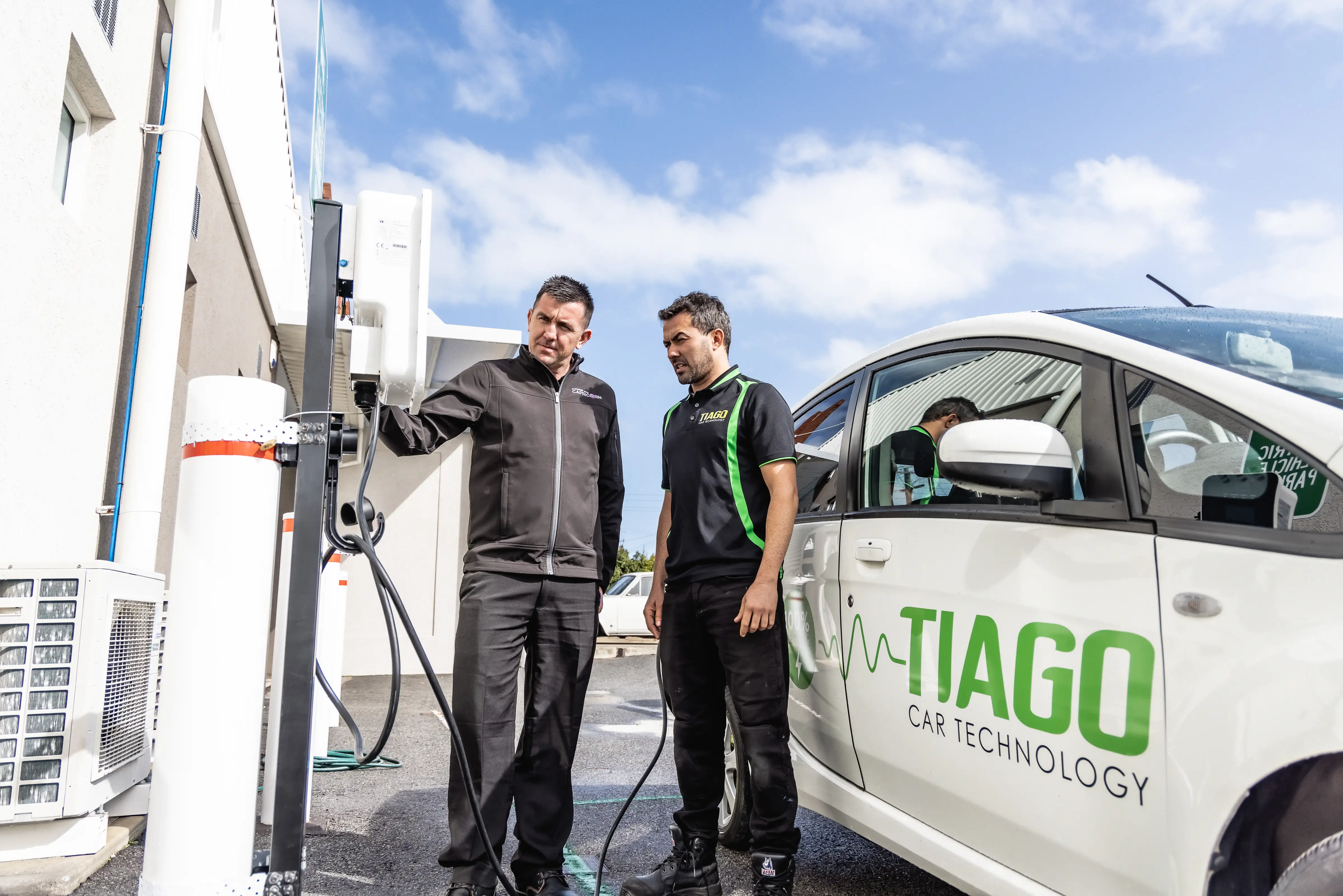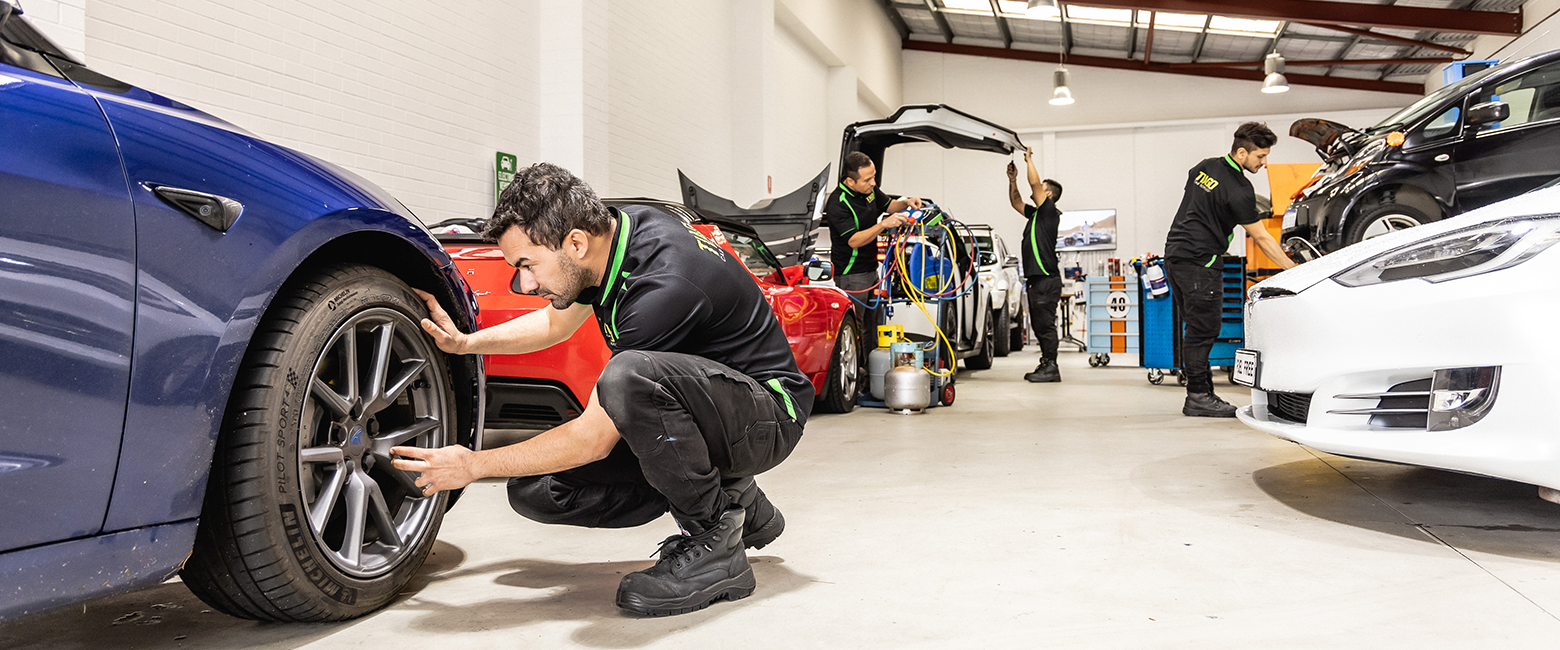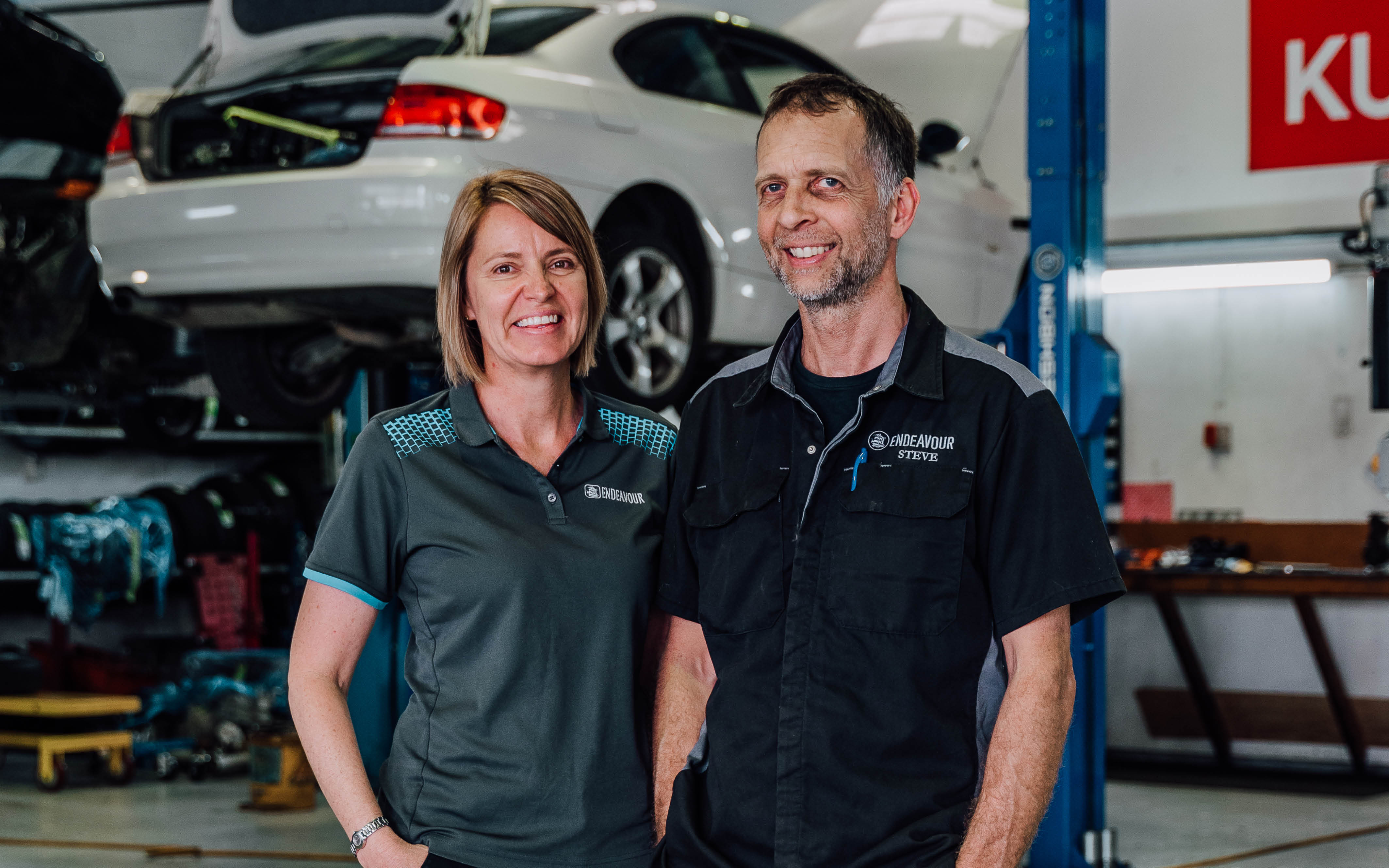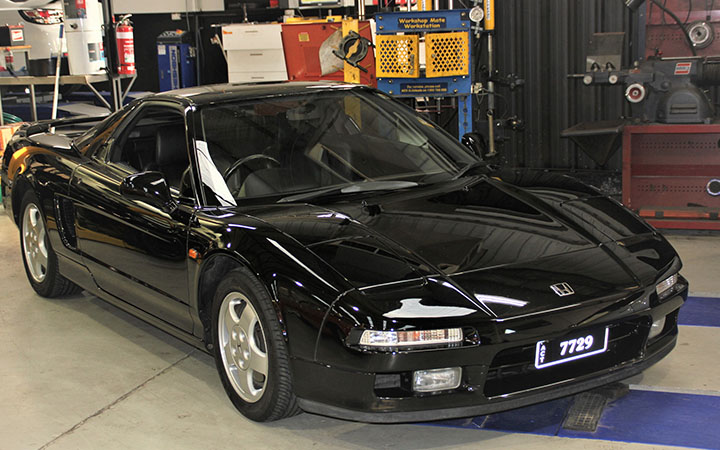Fortunately, in the automotive aftermarket, we have something even better than a crystal ball. We have cold hard data. We can see exactly what vehicles have been sold across the country and we know exactly when they will be out of service warranty and are therefore likely to drive up onto our workshop forecourt.
So, let’s do a little bit of crystal ball gazing (and take a dive into the data) to see how the car parc is changing in Australia and New Zealand, and what steps we should all be taking to plan for the road ahead.
Manual transmissions almost extinct as CVTs become more popular
Continuously Variable Transmision (CVT) used to have a fairly dire reputation but the engineering and performance has been improved in recent years. Japanese manufacturers, in particular, have embraced them, and that means the number of CVTs on our roads has markedly increased.
Recently published data for Australia from ACA Research for the Australian Automotive Aftermarket Association (AAAA) found around one in six vehicles registered between 2013 and 2020 use a CVT.
That growth seems to have come at the expense of manual transmissions, which account for just one per cent of four-wheel-drive and six per cent of non-4WD vehicles registered in the same period.
What does this mean for your business? ACA Research’s assessment is that manual transmissions are becoming a niche service offering.
“From a parts and servicing perspective a choice must be made, which is deciding the importance of catering to (specialising in) these vehicles, as opposed to a mass market alternative,” the company’s analysts said. “Ultimately, this will come back to understanding your current and prospective customers and the composition of your local car parc.”
The spectre of electric vehicles versus the reality
Electric vehicles have been looming large across the horizon for some time now. When our State of the Nation survey asked Members what made them feel confident or not about the future of our industry, almost a third said EVs and hybrids left them feeling not at all or only slightly confident. This was up from 11% just two years earlier.
With our governments committed to lowering carbon emissions to tackle climate change, we’re constantly being told to expect a massive influx of EVs and hybrid vehicles. But when Members are servicing just four EVs or hybrids a month on average, it’s easy to feel cynical about the speed of the transition.
The transition will be governmentled as our countries try to tackle their emissions to meet their climate change commitments. New Zealand has invested $1.3 billion into a plan its government believes will see Zero and Low Emission Vehicles (ZLEVs) make up 30% of the national light vehicle fleet by 2035. The Australian Government has set a target of 50% of new cars to be EVs by the end of the decade. That would mean a million EVs on Australia’s roads by 2030.
This represents an significant change for many businesses in the aftermarket. We can either see it as a threat or embrace it as an opportunity. Either way, the gut instinct of many in the aftermarket would be that such fast adoption of EVs is unlikely. So, what’s the reality?
Fleets are already leading the charge
Analysis by the AAAA and ACA Research suggests the revolution is likely to be led by commercial fleets, and the feeding of ex-fleet vehicles into the aftermarket, over the next decade.
“These will, however, be limited in terms of both numbers and usage, with hybrids playing a much more significant role at this point in time,” ACA analysts told aftermarket.com. au. “In fact, from a servicing and maintenance perspective today, it is more important to be equipped to service hybrid vehicles (such as the hybrid Toyota Rav4) than it is to service electric ones.”
Initially, dealerships will handle the servicing requirements of these vehicles, but that will naturally shift to the aftermarket beyond the warranty period.
What does all this mean for your business?
“Fleet business is important for many independent and chain workshops, and so in the same way that fleets are currently making decisions about when they should be investing in EVs, workshops that are catering to these businesses should be considering what preparations they need to make to ensure they can continue meeting the needs of their customers through the coming transition,” ACA Research said.

Let’s not lose sight of our bread-and-butter business just yet
For all the talk about half of new vehicles on our roads being EVs by 2030, the AAAA and ACA Research predict it’s likely to be closer to 6%. AAAA Chief Executive Stuart Charity said while the industry was supportive of greater EV uptake, there was a large gap between government aspirations and what is likely to be the reality.
“The targets are seemingly plucked from nowhere with little rationale given, and as an industry we become despondent every time a new target is announced,” he said. “There is specialist knowledge required to repair and maintain EVs, and by engaging and consulting with industry we can commit to investing in tools and skills to facilitate a more seamless transition to EVs.”
It all comes back to that crystal ball. What were the top-three selling vehicles in New Zealand in June this year? The Mitsubishi Outlander, the Toyota HiLux and the KIA Sportage. It’s a very similar story in Australia, where drivers are buying SUVs, not EVs.
“The volume of ICE (internal combustion engine) vehicles currently on our roads and the 10-year average age of the car parc means ICE vehicles will remain the predominate vehicles in our car parc for many years to come,” Mr Charity said.
What’s the take-away for my business?
You don’t need a crystal ball to make the right decisions for the future of your business. You just need to be prepared for what you see coming down the road.
Being prepared means knowing your business and understanding your local community. AAAA’s Car Parc Data Tool can help you with the latter.
The AAAA’s advice is that there is no universal strategy for workshops when it comes to the changing car parc. Simply play to your strengths and your local area.


